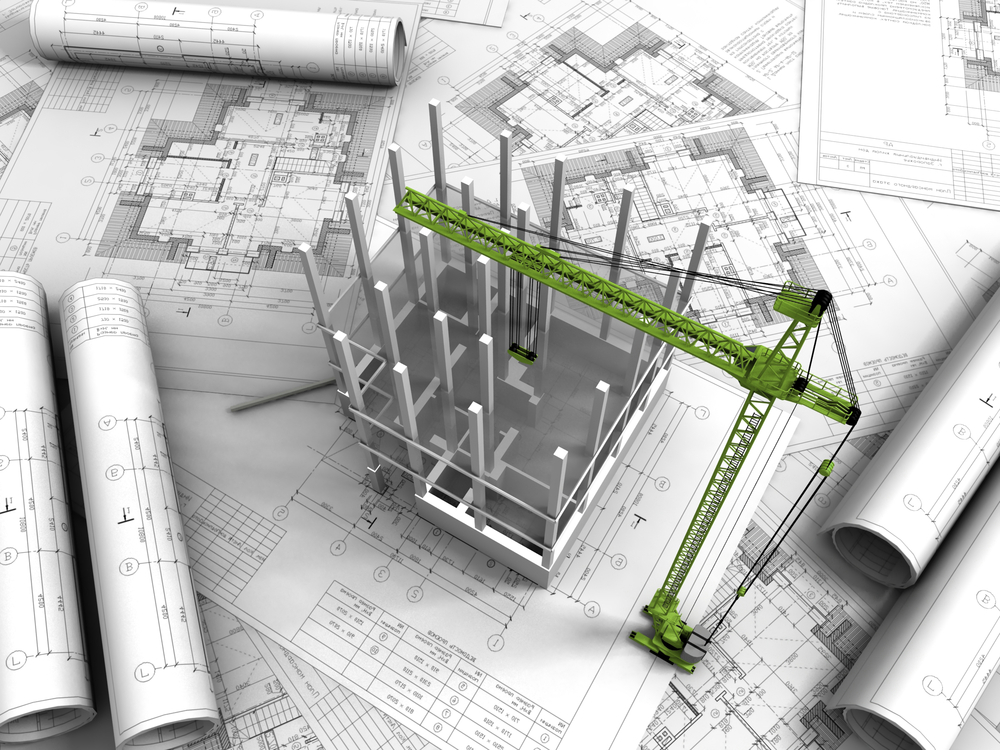Looking
for breakthroughs is often the place where you are sure that they can’t be any
slower or glacier. The US Navy. But that was before, before a radical group was
not only given the chance to try new things but also forced the establishment
to let them.
In
How to Build A Culture of Originality, we see the underpinnings of not only
the personality of innovators at the US Navy but also an organization that
previously might shun such behaviors, opening possibilities for small groups to
try new things. These Innovation
Cells written extensively by Burkard Wördenweber, and Uwe Weissflog has
even permeated the Navy who has created their own Innovation
Cell program. These cells, operating at a highly, seemingly disconnected
manner, are able through periodic coordination with engineering, R&D,
design and operations to not only create rapidly morphing problem solving. In
thinking that where innovations go to die might be a place to avoid, the
mathematical law of absolute value might be the place where the most benefit
can occur.













